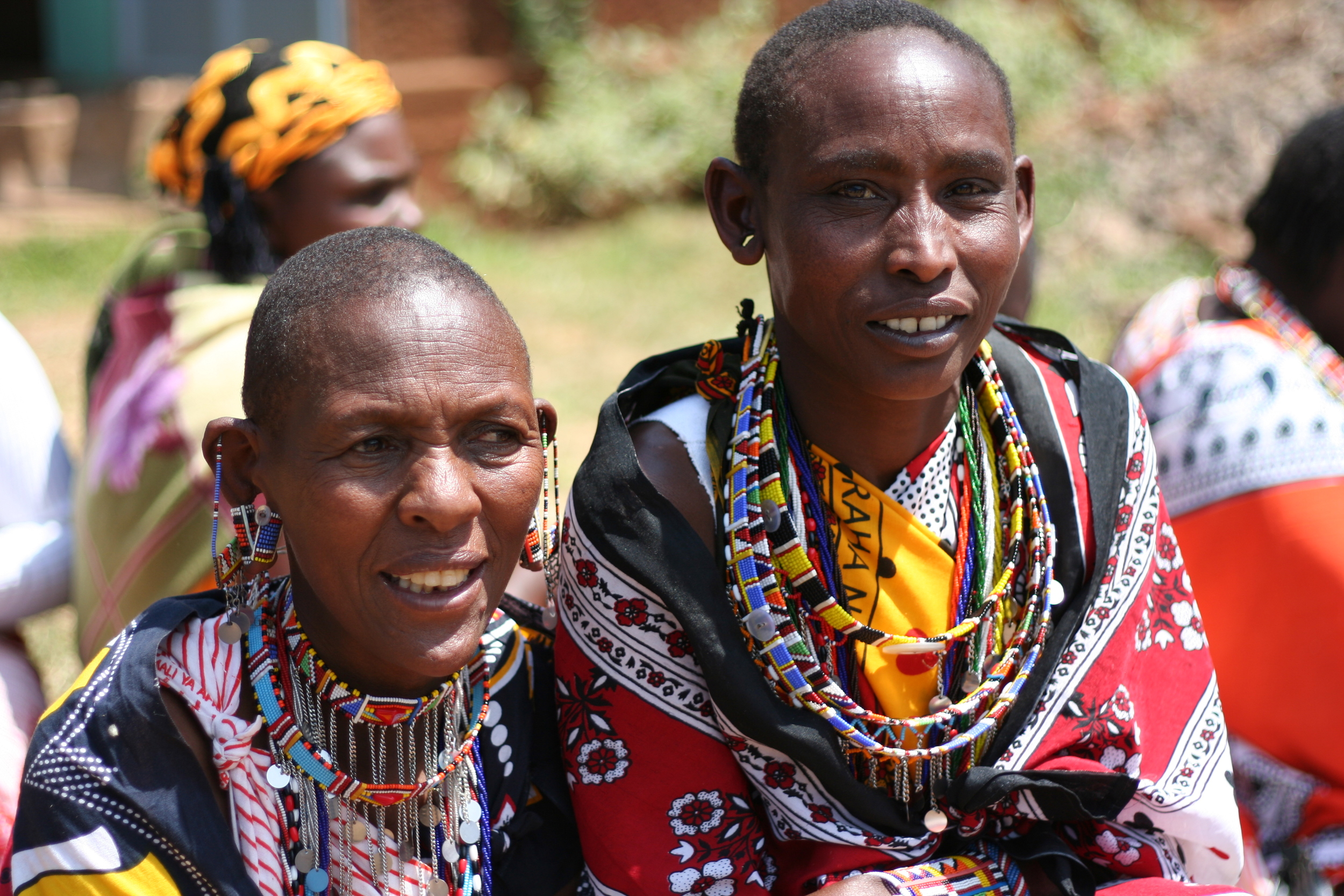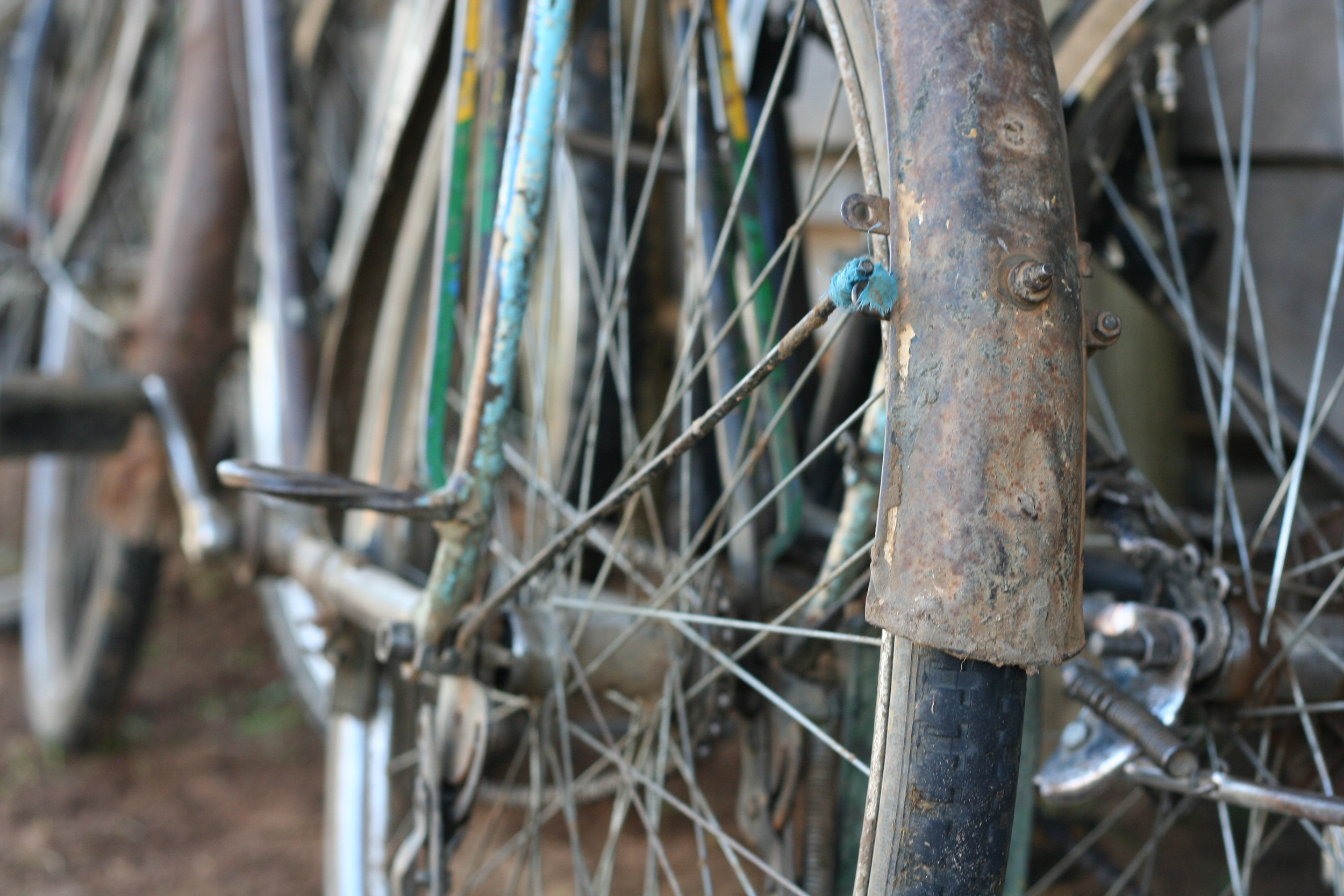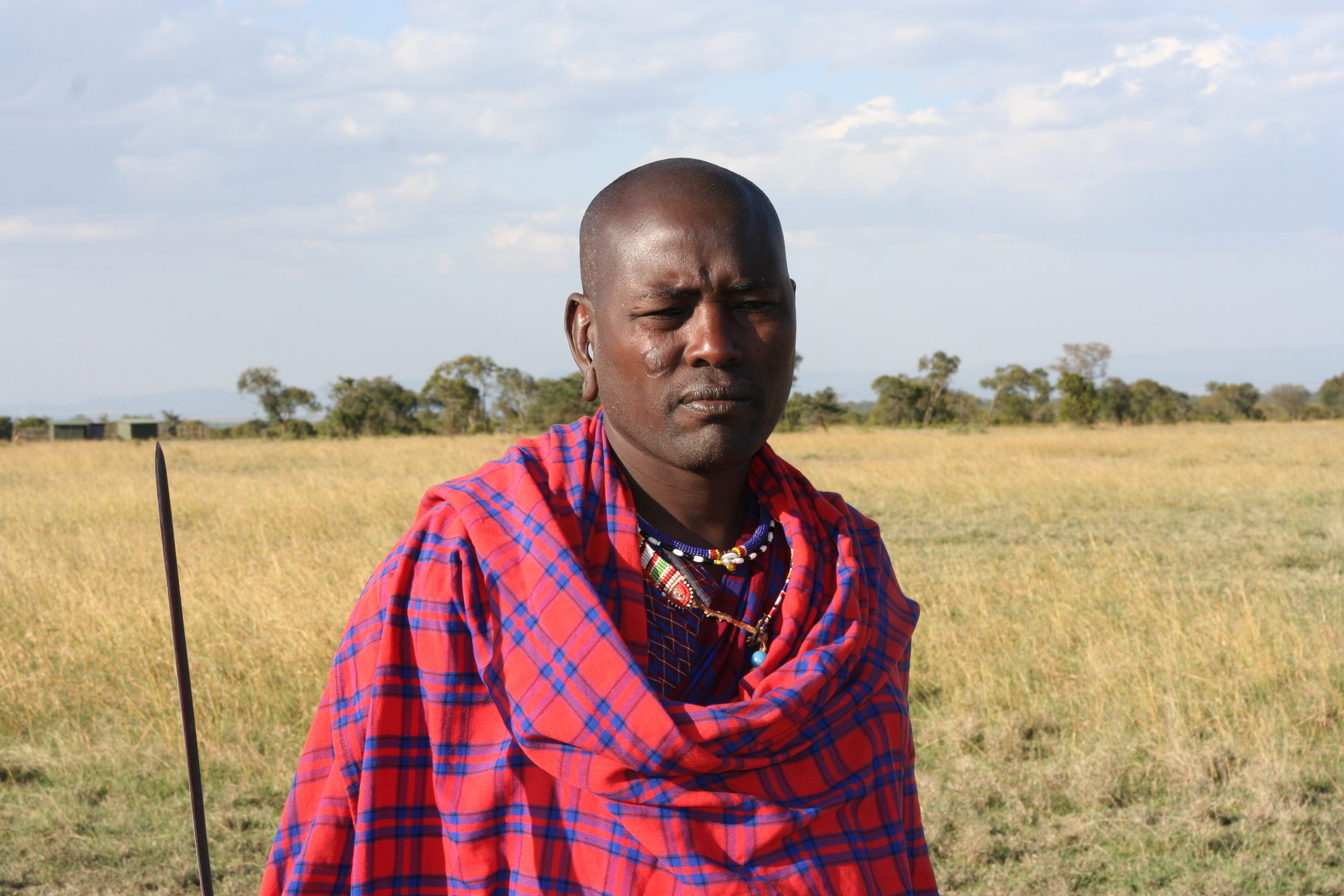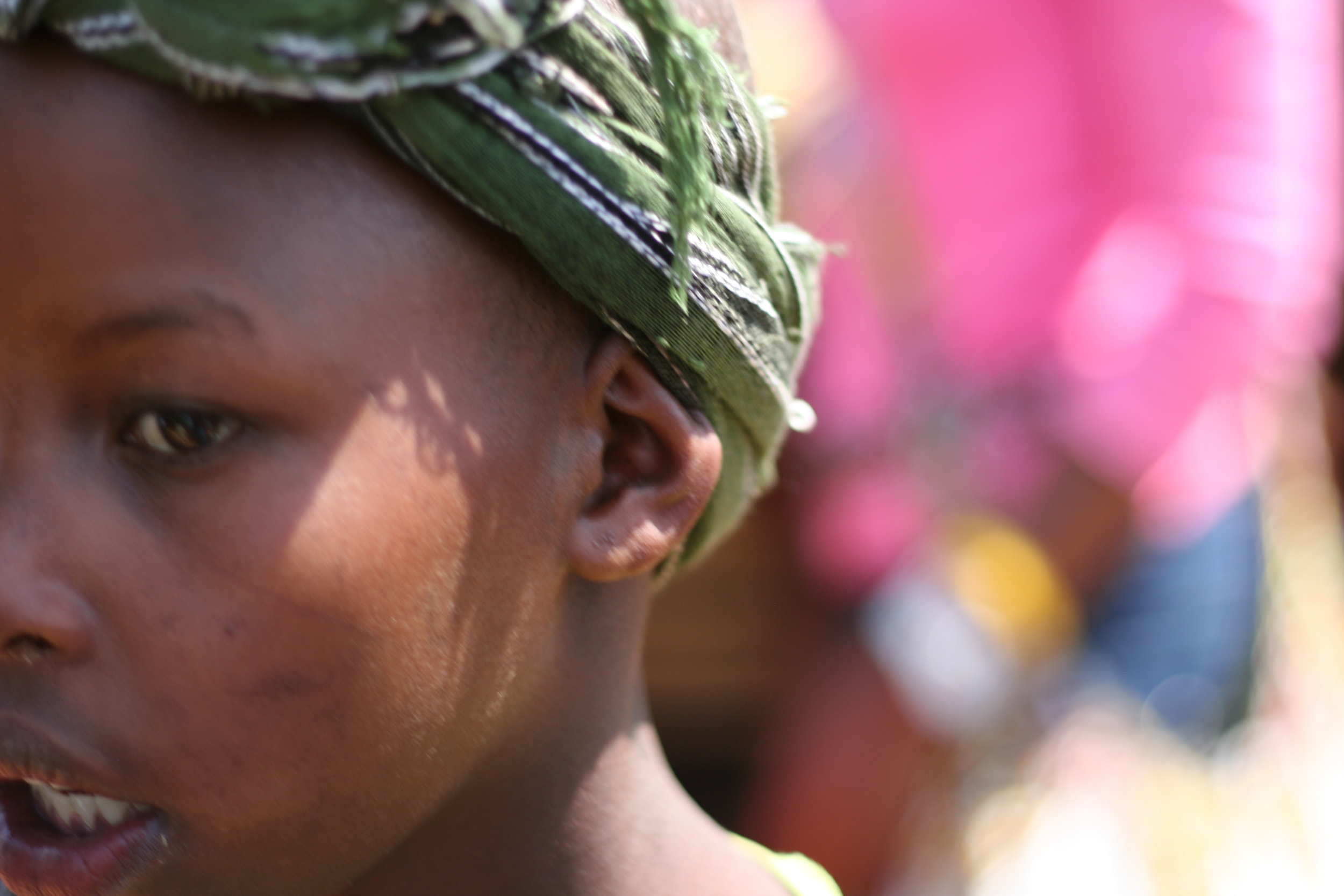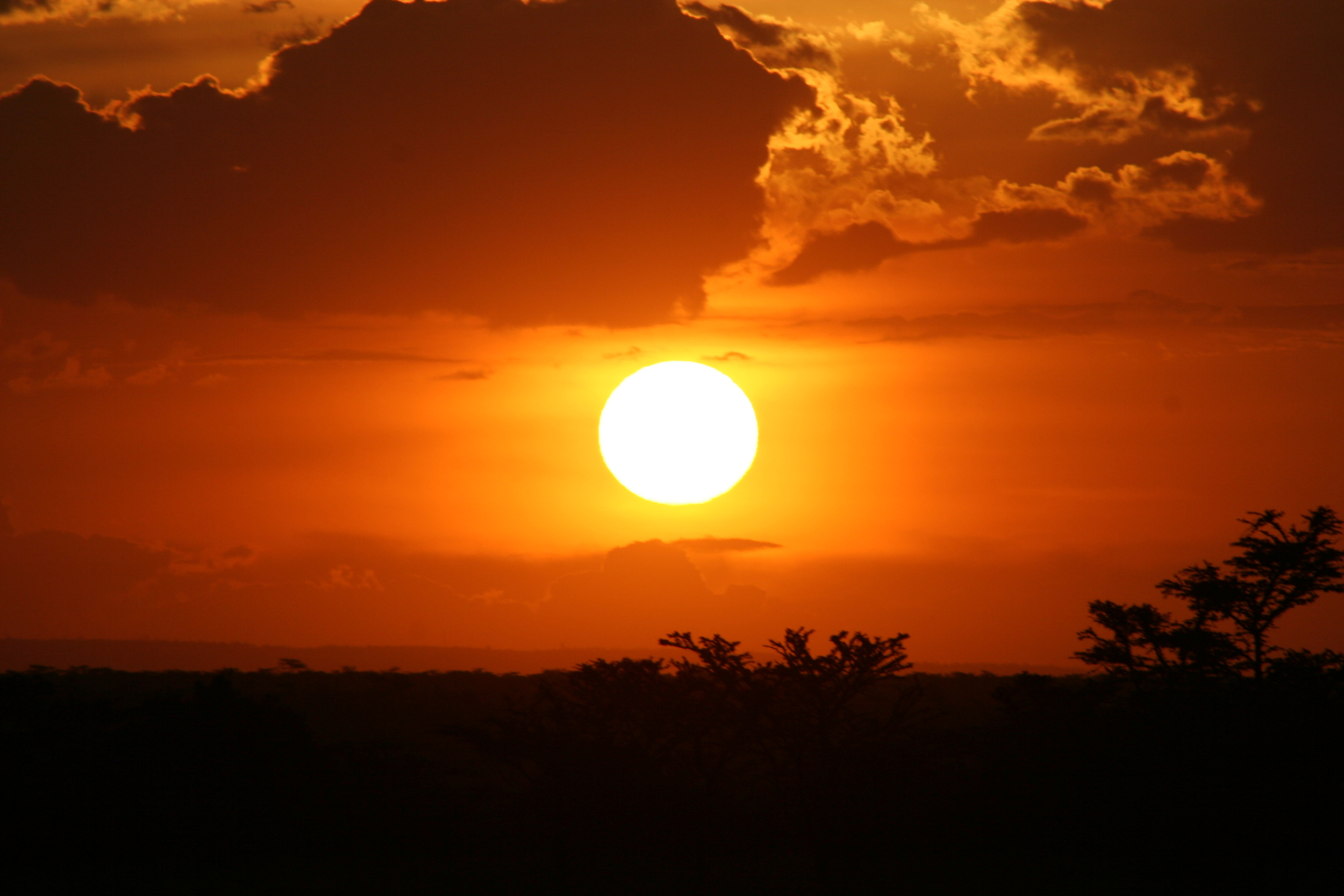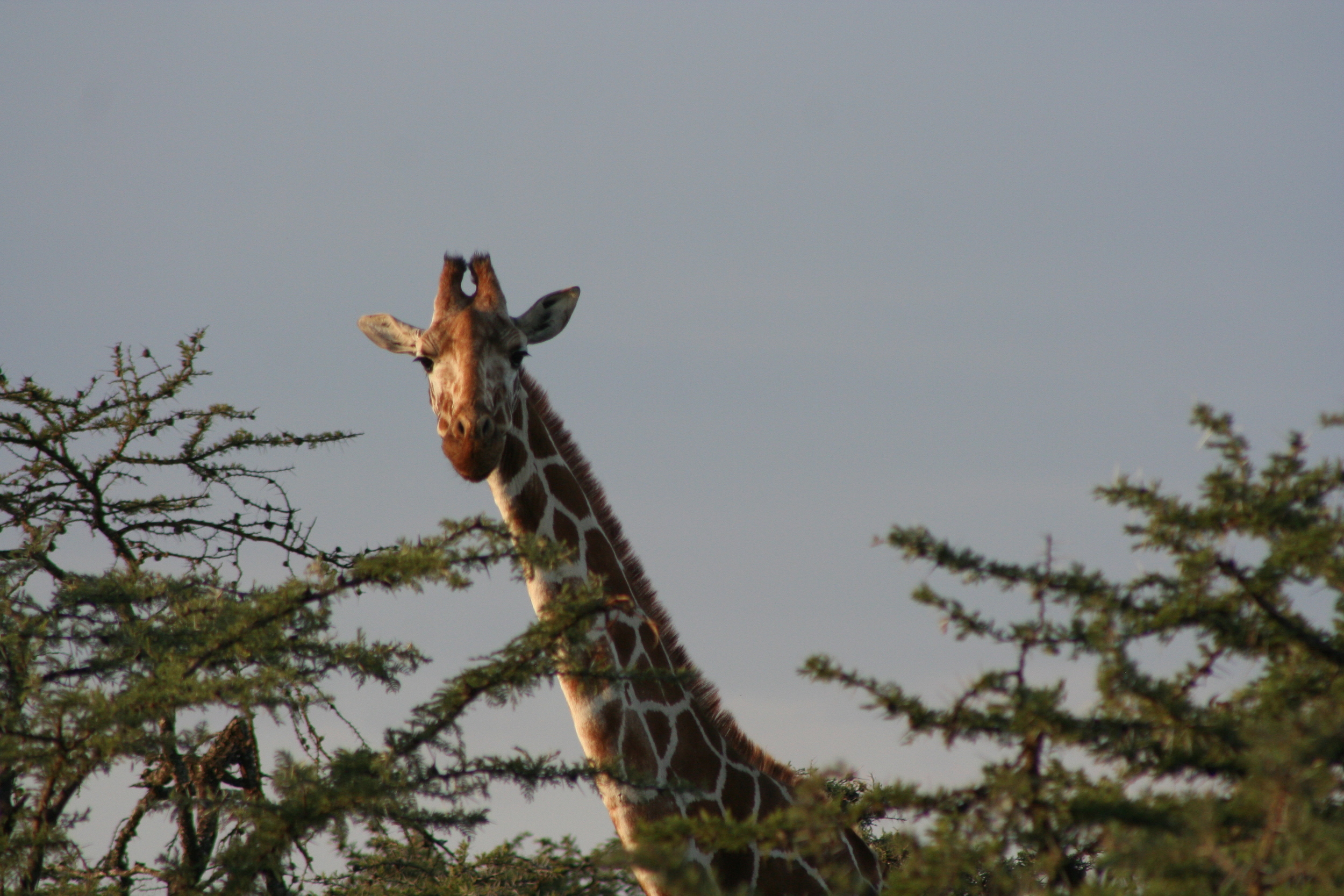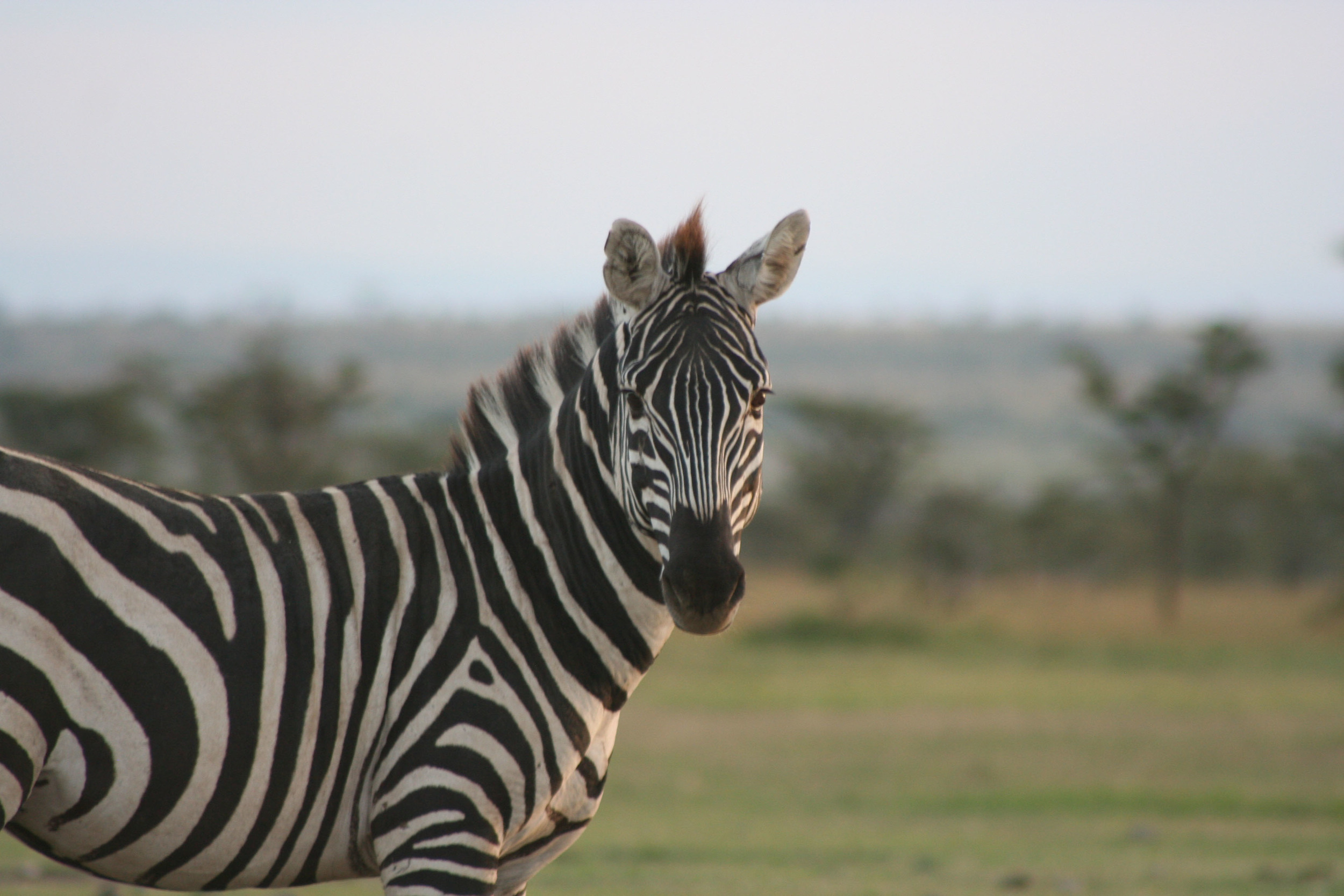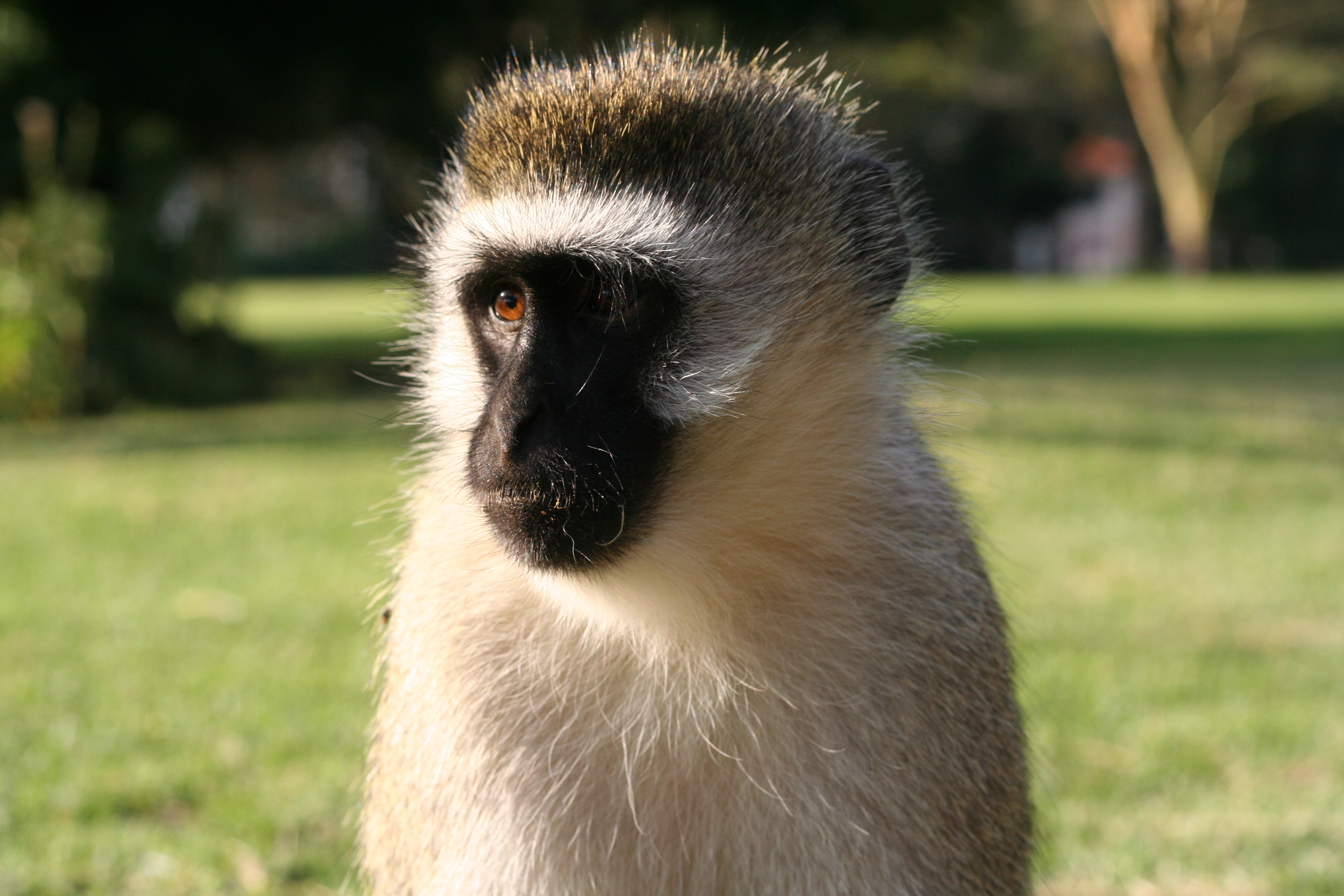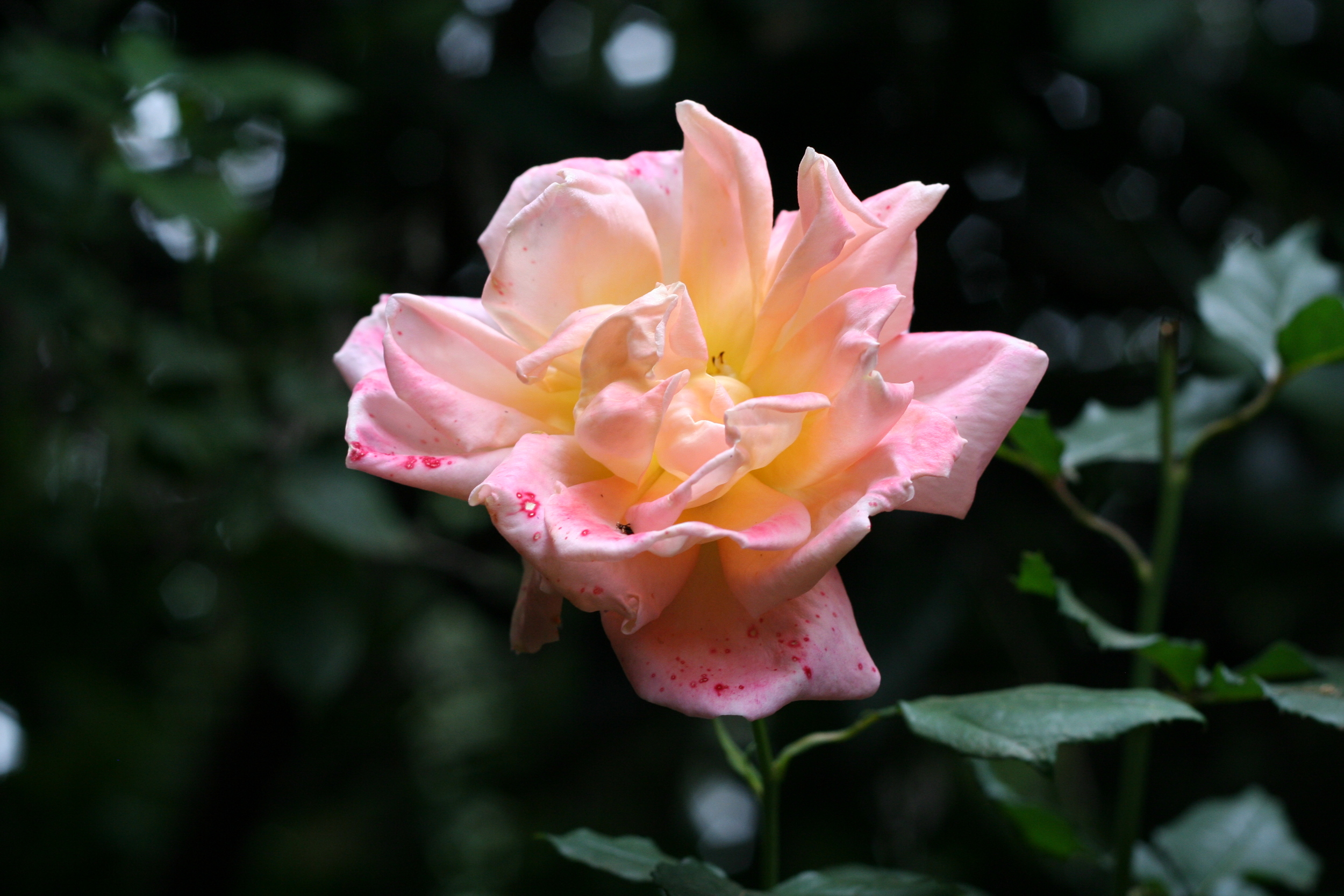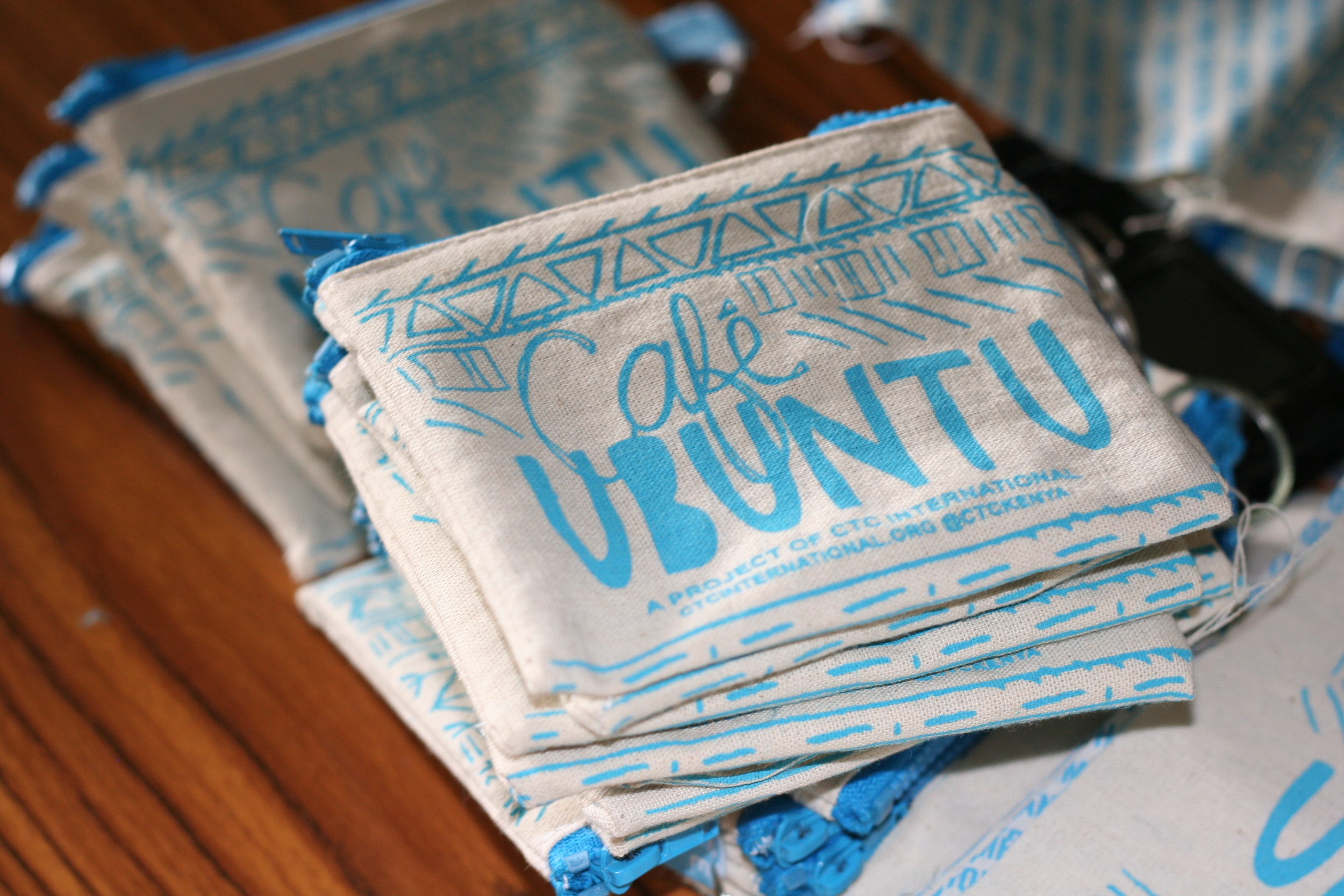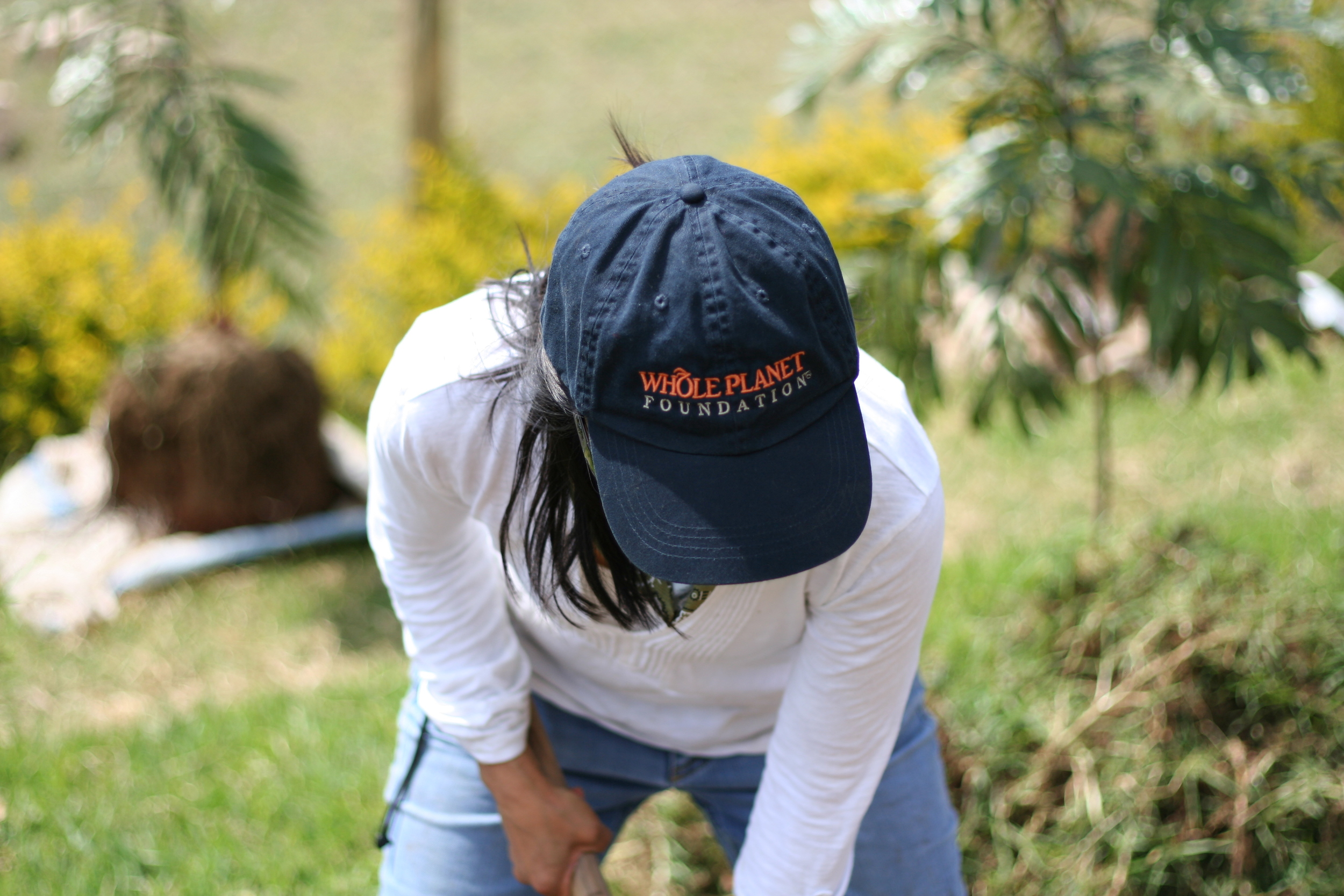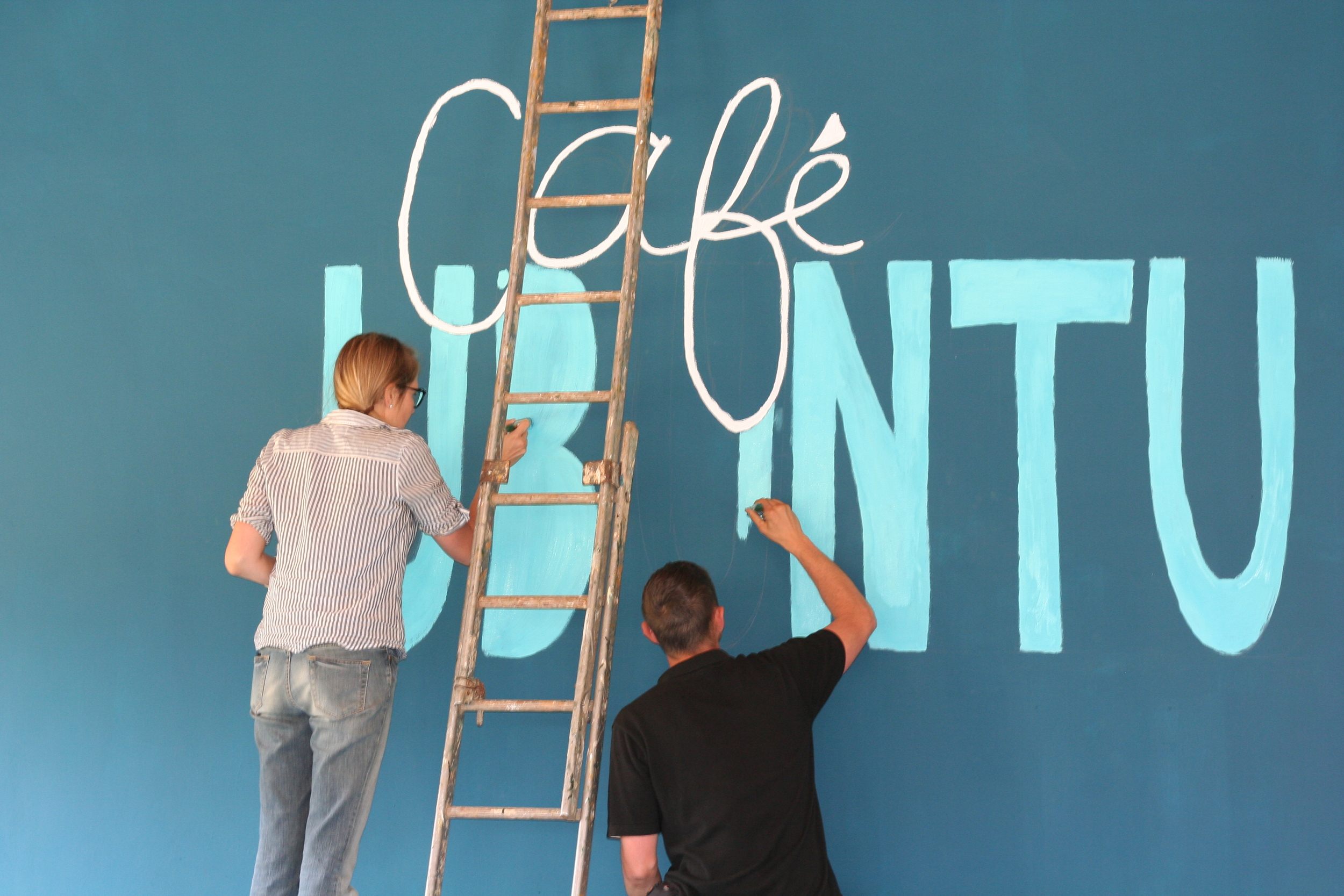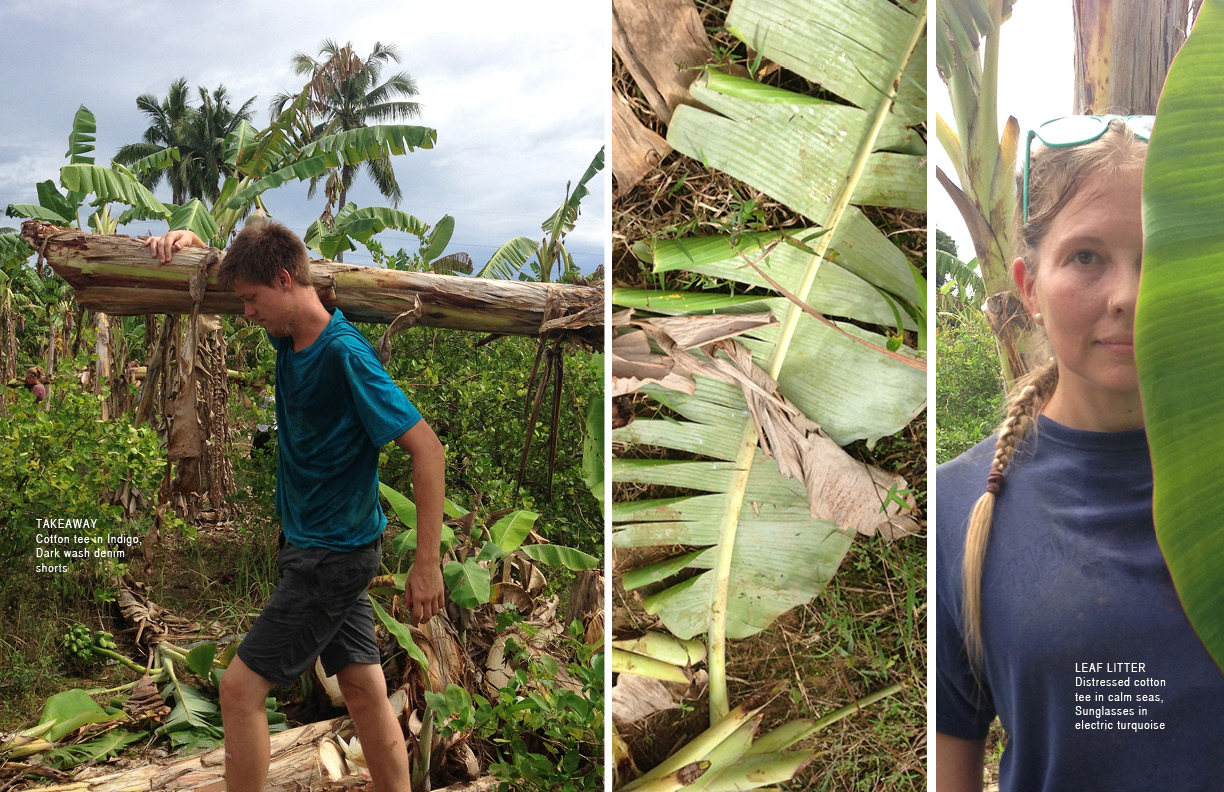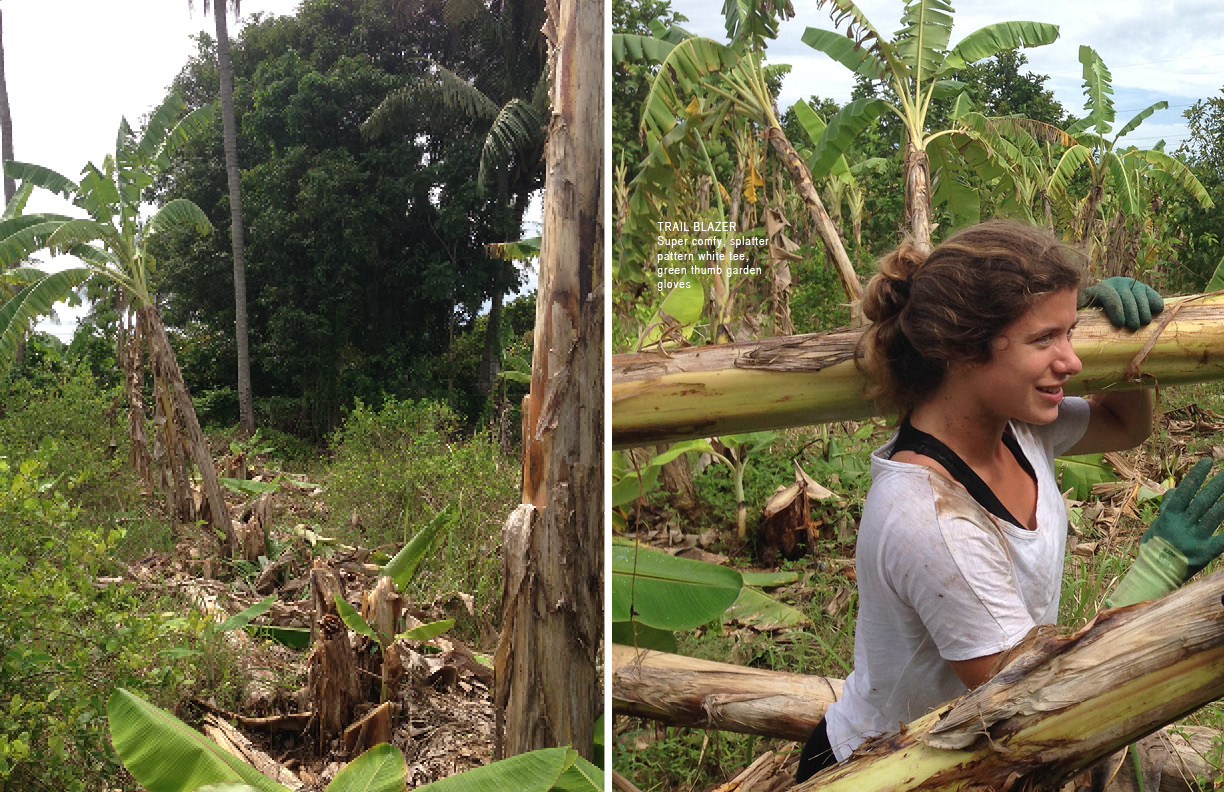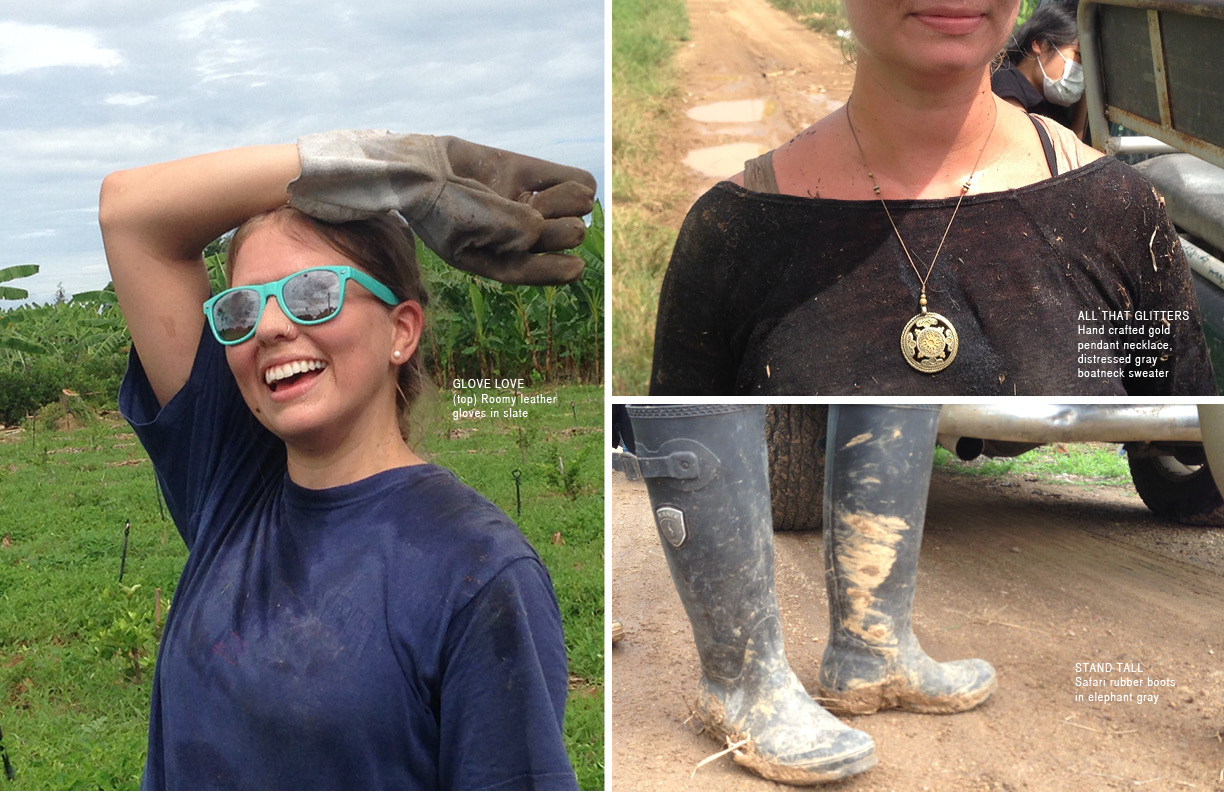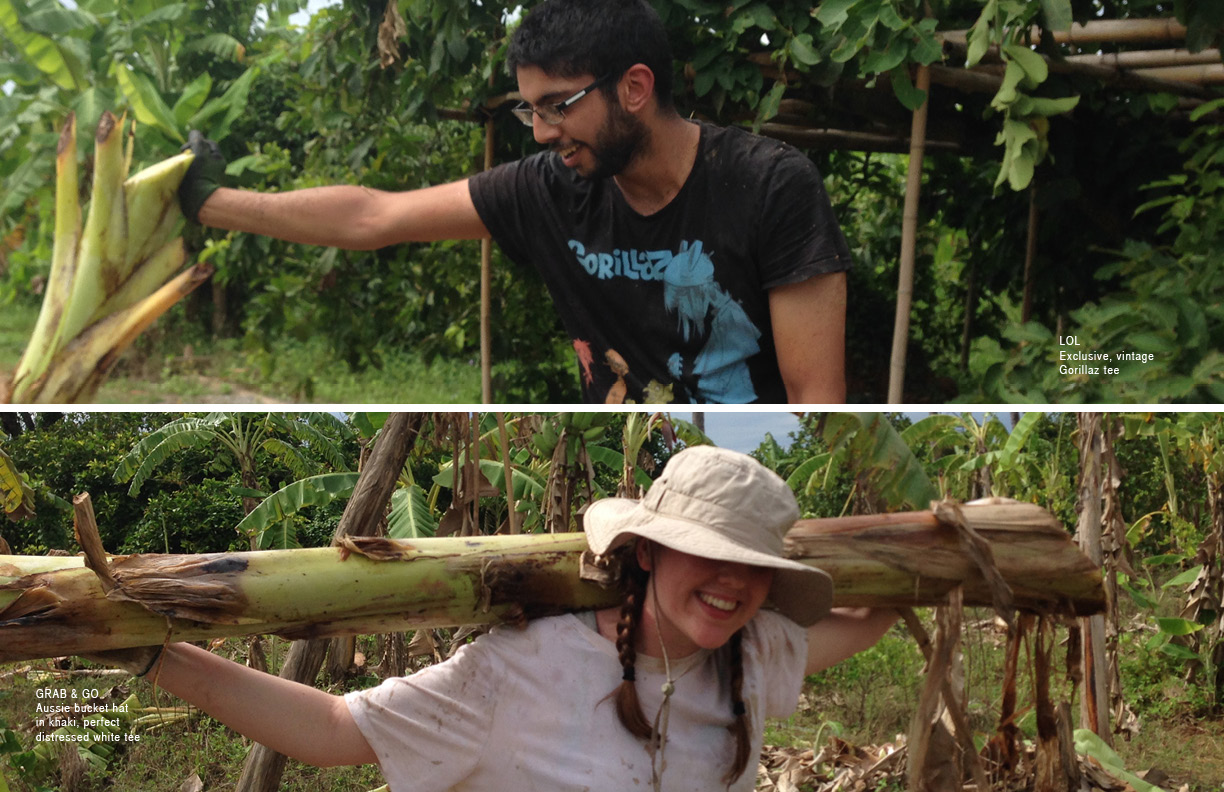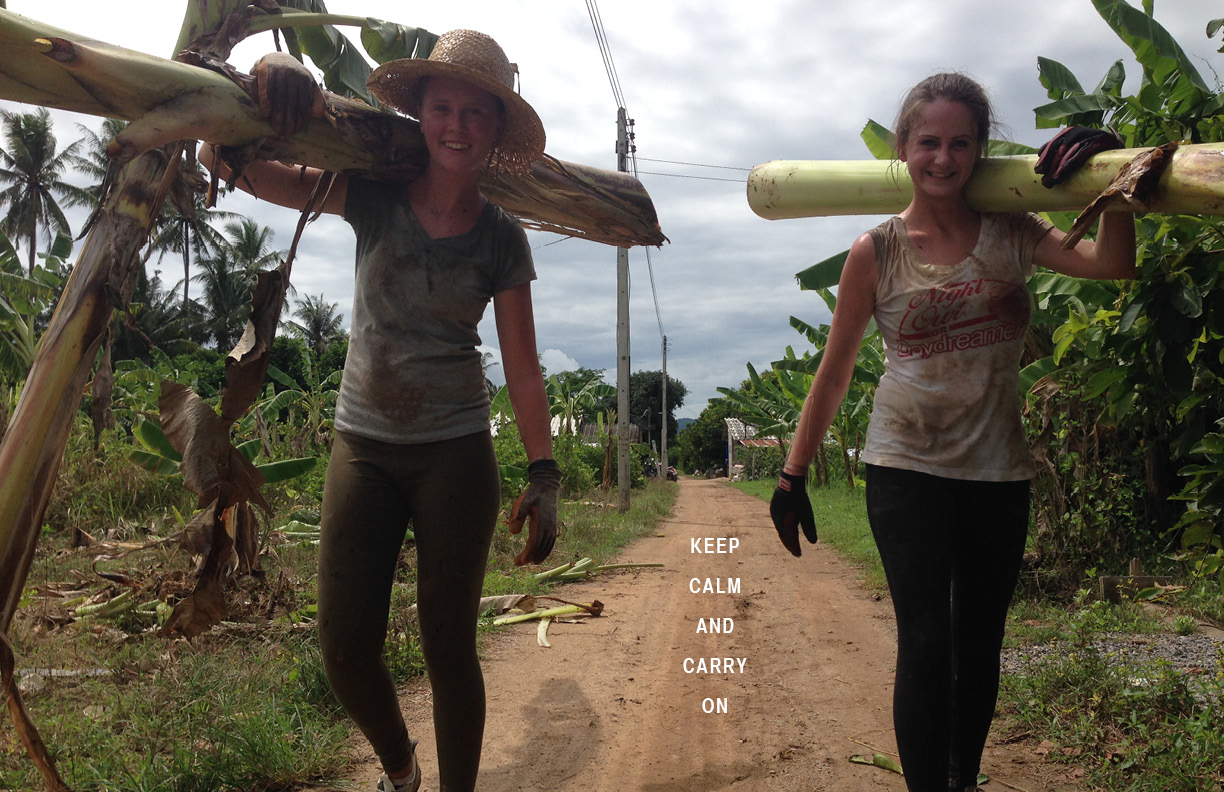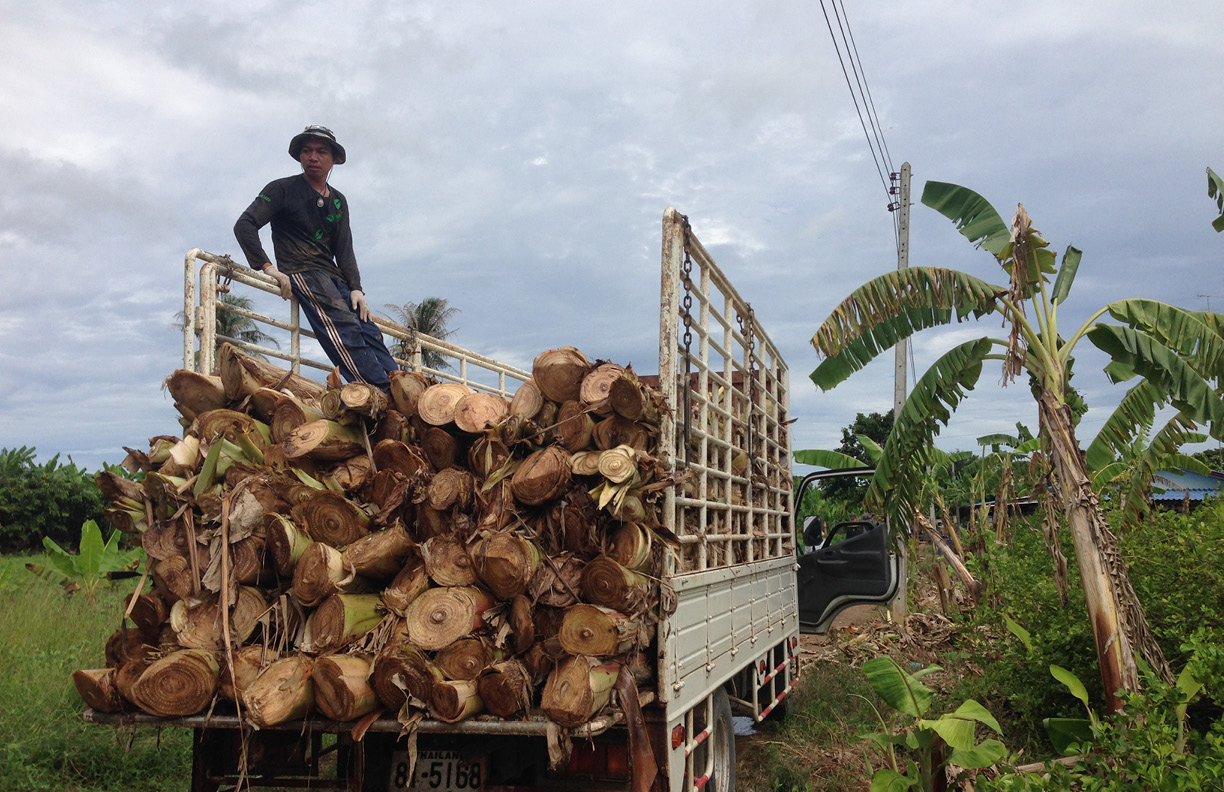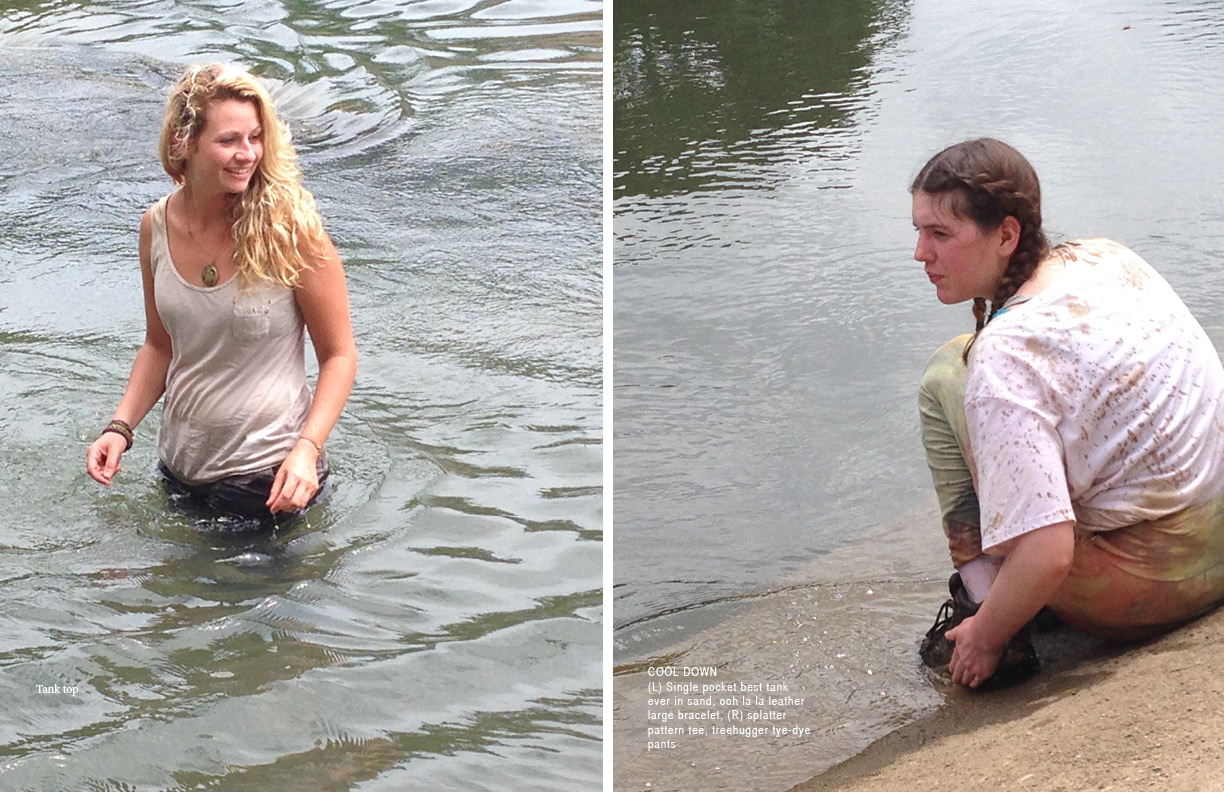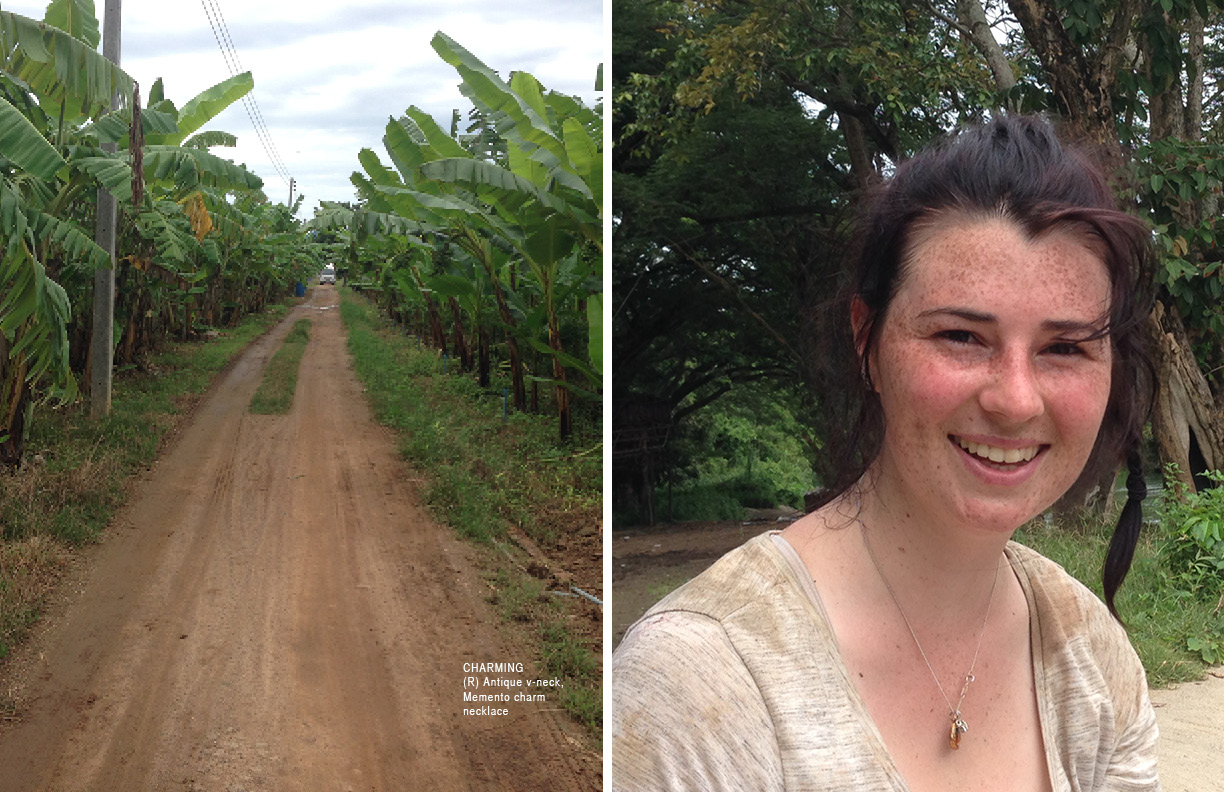Africaniversary (500 Words)
I can't believe it's been three years since my first volunteer trip to Kenya, Africa. I'm feeling nostalgic so here are a few of my favorite pictures and excerpts from the original tumblr that I managed during our trip. I can't wait to return here and explore other parts of this beautiful culture and continent.
Day 1: Yep, it’s 4 AM in the morning and I haven’t been able to sleep all night. Partially because I am so excited/anxious and partially because there’s a few things I still need to wrap up before I leave. I am unfortunately quite the “packrastinator.” My whole life it’s been nearly impossible for me to pack more than a day in advance. I wonder if my fellow WFM team members are nestled, all snug in their beds, while visions of the Serengeti dance in their heads...
Day 3: Today...We got to visit a village benefitting from the One Acre Fund micro loans. They were so friendly and we were all touched by their hospitality. We learned about their work and culture and also participated in harvesting millet and planting trees...
Day 7: Thursday, our fantastic host/tourguide Ruby Ruth showed us around Maai Mahui and introduced us to CTC and the Malakai Moms that expertly craft and sew the lifeline products we sell in our stores. We learned all about CTC’s mission and multiple initiatives including Community, Environment, Education, Health and Economy. And the kids there were adorable, of course!
Day 8-9: Friday and Saturday were spent exploring the Ol Pejeta Conservancy near Mount Kenya. Truly a once in a lifetime experience where we got to see elephants, giraffes, zebras, cheetahs and even ultra endangered white and black rhinos…
We are all still in awe of Africa - everything we’ve seen and experienced, everyone we’ve met and the memories we’ve created.
Day 12: Tuesday, we laced up our shoes, put on our gloves and went to work transplanting trees… [and] painting the bakery floor bright blue…. and built a berm to help block the bakery from the evening wind, (Maai Mahiu can get very windy!)...
Day 14: I can’t believe this incredible journey has come to an end. And what a memorable end it was! … We took a bumpy road out to one of the Massai villages where we met and mingled with the kids and were so graciously invited into the home of one of the grandmothers. This was personally one of the most memorable a experiences of the trip.
Day 15: Friday morning, we all headed to the CTC bakery for a lovely breakfast… [and] got ... Cafe Ubuntu painted on the wall before having to head back to ... the Nairobi airport.
It was hard to say goodbye as we all felt like we had become a family the past two weeks. We all created lasting friendships, gained valuable insight and created amazing memories that we can’t wait to share with our teams, families and friends back home!
Asante Sana!
Love, Team Rafiki
If you've been to Africa, what are some of your favorite memories? If you haven't been yet, where would you like to go?


